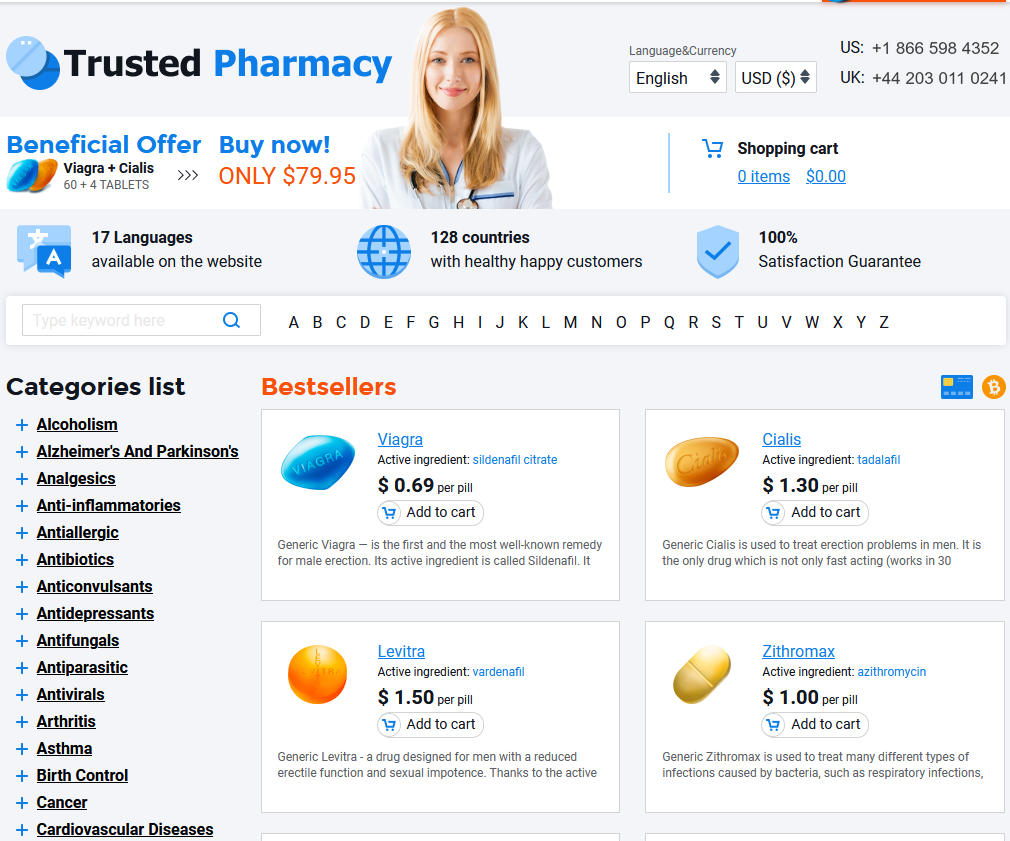Prelone for Asthma Relief: Benefits and Risks
Understanding How Prelone Works for Asthma
When someone with asthma experiences inflamed airways, breathing becomes difficult and frightening. Prelone, a liquid corticosteroid, addresses this by reducing the inflammation inside the lungs that triggers wheezing and tightness. Unlike fast-acting inhalers, Prelone works at a deeper level—it calms the immune system’s intense response and opens bronchial passages, making each breath less of a struggle. Physicians turn to Prelone when quick intervention is needed, especially in children who can’t always use inhalers effectively. By directly lowering swelling and mucus production, Prelone gives the lungs a chance to recover—making it a remarkable lifeline during severe asthma flare-ups.
| Action | Asthma Relief Effect |
|---|---|
| Reduces inflammation | Less airway swelling |
| Suppresses immune response | Fewer asthma symptoms |
| Decreases mucus | Easier breathing |
Key Benefits of Prelone in Managing Symptoms

Imagine the sudden tightness in your chest and struggle to breathe—situations where asthma flares can be frightening and unpredictable. In these pivotal moments, prelone can offer rapid relief by reducing inflammation in the airways, allowing easier airflow almost within hours. For many patients, this quick response means less time spent gasping for air and a faster return to daily activities.
Beyond its speed, prelone is celebrated for its ability to halt the worsening of asthma symptoms before they become severe. By interrupting the body's inflammatory response, it helps prevent more serious complications that can lead to hospital visits or missed school and workdays.
Another valuable aspect is prelone’s versatility. Whether used as a short-term “burst” during sudden attacks or as part of a longer treatment plan, prelone supports a tailored approach to each individual’s asthma management needs, contributing both flexibility and peace of mind.
When Is Prelone Prescribed for Asthma Attacks?
Imagine a sudden asthma attack, with tightness in your chest and difficulty breathing. Doctors may turn to prelone at these critical moments because of its fast-acting ability to reduce airway inflammation. Prelone, a corticosteroid, is not typically used for daily asthma maintenance—it’s reserved for acute flare-ups or severe exacerbations when quick relief is essential.
During an asthma attack that isn’t responding well to inhalers or when symptoms rapidly worsen, prelone can be prescribed as a short-term solution. The goal is to control inflammation and prevent the episode from progressing to a life-threatening stage. Physicians carefully assess the severity and may consider prelone when other medications aren’t sufficiently effective. Timely administration can ease symptoms and help restore normal breathing, but close medical supervision is always necessary.
Potential Side Effects You Should Be Aware of

While Prelone offers rapid relief for severe asthma symptoms, it’s important to know that its benefits can come with certain drawbacks. Some people may notice mood swings, trouble sleeping, increased appetite, or even weight gain during treatment. More rarely, users experience headaches, elevated blood sugar, or high blood pressure, especially with longer courses or higher doses. These side effects often resolve when the medication is discontinued, but being aware of them helps individuals recognize changes early.
Those taking Prelone for short bursts typically face fewer complications, yet everyone responds differently. Children using this medication might sometimes exhibit behavioral changes or slowed growth. Because of these possibilities, regular communication with your doctor is crucial to ensure the safe management of asthma and to address any concerns as they arise.
Comparing Prelone to Other Asthma Medications
While many asthma medications focus on long-term control, Prelone stands out for its effectiveness during acute flare-ups. Unlike inhaled corticosteroids or bronchodilators used daily, Prelone is typically reserved for short-term use to quickly reduce airway inflammation and restore easier breathing.
Here’s how Prelone compares to common asthma treatments:
| Medication | Primary Use | Route | Onset of Action |
|---|---|---|---|
| Prelone (Prednisolone) | Acute symptom relief | Oral | Within hours |
| Inhaled Steroids | Long-term control | Inhaled | Days to weeks |
| Bronchodilators | Quick symptom relief | Inhaled | Minutes |
Essential Tips for Safe Use and Dosage
Before starting Prelone, your doctor will determine the correct dosage tailored to the severity of your asthma and personal health factors. Following their guidance precisely is crucial to achieving relief while avoiding preventable side effects.
Always take Prelone at the same time daily, preferably with food, to minimize stomach upset. Never stop the medication suddenly; instead, follow your healthcare provider’s instructions if you need to taper off.
Remember to inform your doctor about any other medicines or supplements you are taking to prevent dangerous interactions. Keep a list of your current medications handy for all appointments.
If you miss a dose, take it as soon as possible, but never double up. Report unusual symptoms immediately.
